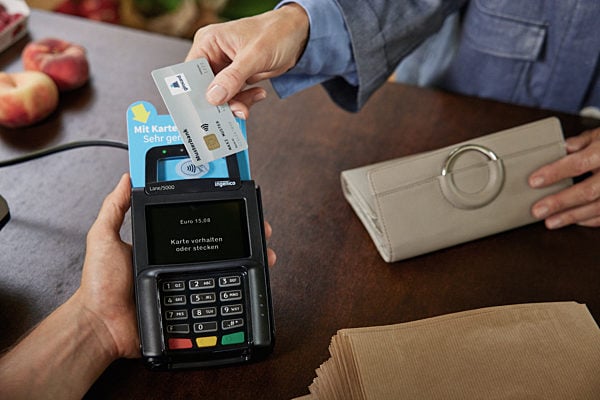Doubtful loans rose to €167.1 billion ($222.9 billion) or 10.87 percent of all loans in April from €162.3 billion or 10.47 percent of all credits in March, the bank said.
Bad loans began to rise at all Spanish banks after the collapse of a decade-long property boom in 2008. The bad loan ratio reached a record high of 11.23 percent of all credits in November 2012.
Last year, the eurozone agreed to finance a rescue of Spain's banks, swamped in bad loans since a property bubble imploded in 2008 with broad and devastating economic consequences.
Spain has so far withdrawn €41.3 billion from the eurozone rescue loan to recapitalize its banks.
As a condition of the eurozone rescue, Spain set up Sareb, a "bad bank" charged with mopping up bad assets at a discount and then attempting to sell them for a profit.
As banks transferred toxic assets to Sareb, the level of bad loans at Spanish banks dipped — but the impact proved to be temporary.
In December last year the burden of bad loans fell for the first time in 17 months as four rescued banks — Bankia, CatalunyaCaixa, NovaCaixaGalicia and
Banco de Valencia — offloaded troubled assets to Sareb.
But the ratio rose again in January.
Once again, the weight of bad loans fell in February following toxic asset transfers to Sareb by four Spanish banks — Liberbank, Caja3, BancoMareNostrum
and CEISS — before resuming its upward climb in March.



 Please whitelist us to continue reading.
Please whitelist us to continue reading.
Member comments